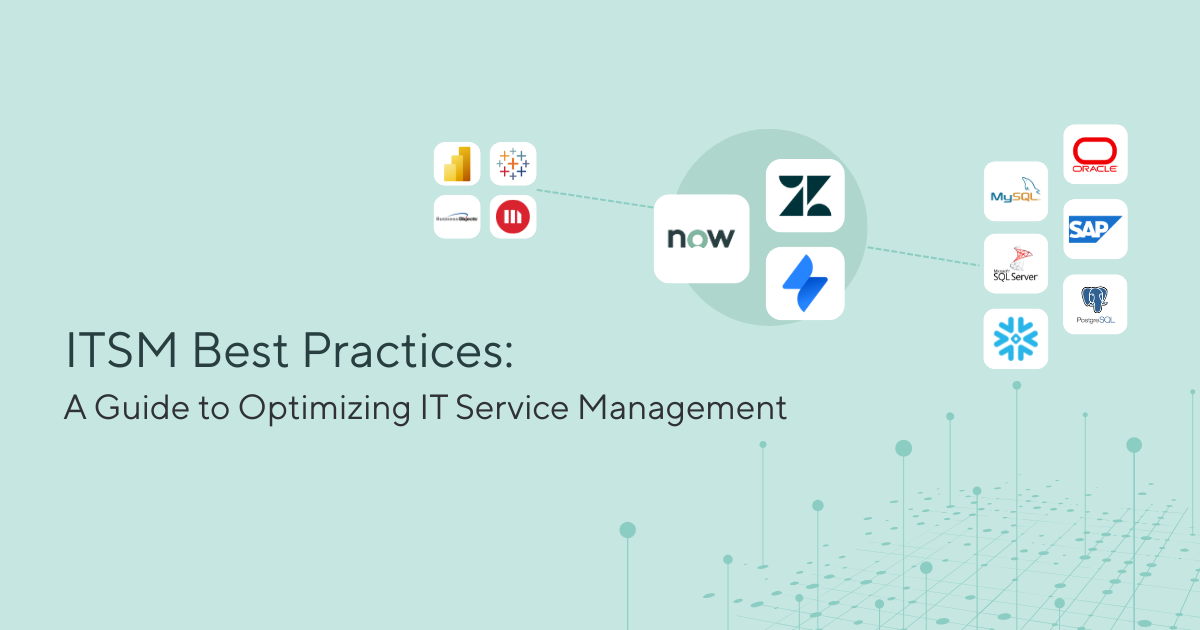Introduction
IT Service Management (ITSM) is the foundation of reliable IT operations in large organizations. As enterprises grow more digitally complex, the need for efficient service delivery, operational resilience, and seamless user experiences becomes paramount. ITSM provides the frameworks, processes, and mindset needed to achieve that.
1. Adopt a Proven Framework (e.g., ITIL 4)
ITIL 4 is the gold standard for aligning IT services with business goals. It introduces a holistic, flexible approach to service management that embraces Agile, DevOps, and Lean methodologies. Enterprises should invest in ITIL training and certification across departments to ensure consistent service delivery and a culture of continuous improvement.
2. Automate Repetitive and Manual Workflows
Manual processes lead to delays and inconsistencies. By automating ticket categorization, incident routing, asset discovery, and change approvals, teams reduce response times, minimize errors, and free up resources for higher-value work. Tools like ServiceNow, BMC Remedy, or Jira Service Management offer powerful automation features.
3. Build a Clear, User-Friendly Service Catalog
A centralized service catalog allows users to request services, report incidents, and view service levels. Defining services with associated SLAs creates transparency, sets expectations, and improves internal accountability. Use intuitive interfaces and self-service portals to reduce dependency on IT personnel.
4. Integrate Monitoring, CMDB, and ITSM
By integrating infrastructure monitoring tools (e.g., Nagios, Zabbix, or Datadog) with the CMDB (Configuration Management Database) and ITSM platform, enterprises can enable event correlation, predictive incident detection, and faster root-cause analysis.
5. Prioritize Metrics and Continual Improvement
Track and analyze KPIs like: – First Contact Resolution (FCR) – Mean Time to Acknowledge (MTTA) – Mean Time to Resolution (MTTR) – SLA compliance rates – Customer Satisfaction (CSAT) Use insights from metrics and feedback loops to optimize workflows, reduce friction, and proactively improve services.
Conclusion
A mature ITSM strategy transforms IT from a cost center to a business enabler. With the right tools, governance, and culture, enterprises can drive consistency, responsiveness, and long-term strategic value.



